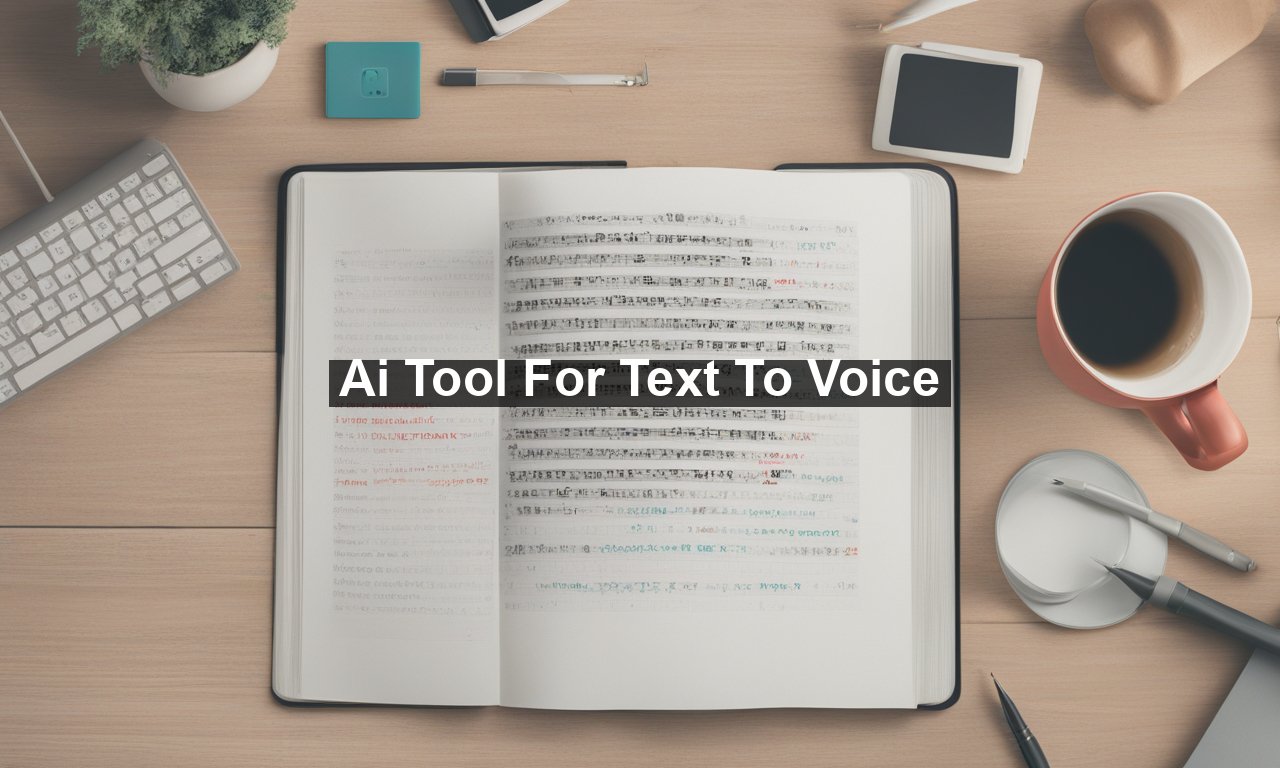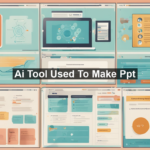Have you ever wished you could transform your written content into an engaging audio format? Imagine just how much time you could save, or how many more people you could reach, if you had an effective tool that could seamlessly convert text to voice. Well, you’re in luck! In today’s fast-paced digital era, AI-powered Text to Voice tools are revolutionizing the way we consume and interact with content. This article delves into the fascinating world of AI Text to Voice, exploring its benefits, features, and some of the best tools available. Stick around, and you might just find the solution you’ve been looking for.
The Significance of Text to Voice Tools
Text to Voice technology, also known as Text to Speech (TTS), has evolved rapidly over the past few years. It involves the use of artificial intelligence to read out text, making it accessible in an audio format. These tools are not just a convenience but are also pivotal in improving accessibility and user engagement.
Why Should You Use Text to Voice Tools?
There are several compelling reasons to implement a Text to Voice tool in your daily workflow or business strategy:
- Accessibility: These tools make content accessible to people with visual impairments or reading difficulties, ensuring that your message reaches a broader audience.
- Engagement: Audio content can be more engaging and easier to consume. Think about podcasts and audiobooks – people love the convenience of listening to content while on the go.
- Efficiency: For businesses, these tools can be a game-changer in customer service, especially for automated voice responses, customer interactions, and tutorials.
How Does AI Text to Voice Work?
At its core, AI Text to Voice technology converts written text into spoken words using sophisticated algorithms. These algorithms understand the nuances of language, including punctuation, intonation, and emphasis, to create a natural-sounding voice output.
Modern AI-driven tools have gone a step further by integrating Machine Learning and Natural Language Processing (NLP). This enables them to continuously learn and improve, making the voice output more realistic and accurate over time. Companies like Google and IBM have been pioneers in this field, offering robust TTS solutions. You can dive deeper into the technical aspects [here](https://www.ibm.com/cloud/learn/text-to-speech).
Features to Look for in a Good Text to Voice Tool
Choosing the right Text to Voice tool can be overwhelming, given the plethora of options available. However, there are some key features that indicate a high-quality tool:
Voice Quality
When selecting a TTS tool, the most crucial aspect is the quality of the voice. Look for natural-sounding voices with varied intonations and expressions. Some tools offer customizable voices so that you can choose different accents and languages.
Customizability
Customization is another vital factor. A good TTS tool should allow you to adjust the speed, pitch, and volume of the voice. This customization ensures that the audio output matches the tone and style of your original content.
Integration Capabilities
In this dynamic digital landscape, it’s essential to have tools that can easily integrate with other software and platforms. Whether it’s a CMS, CRM, or another type of application, robust integration capabilities add to the tool’s utility and effectiveness.
User-Friendly Interface
Ease of use is always a priority. A user-friendly interface that doesn’t require you to be a tech genius to operate can save you a lot of time and frustration.
Top AI Text to Voice Tools
Here are some of the leading AI Text to Voice tools that are making waves in the industry:
Amazon Polly
Amazon Polly is renowned for its high-quality voice generation. It supports multiple languages and provides a diverse range of voices. The advanced deep learning technologies used in Polly deliver lifelike voices and the service can be easily integrated into various applications. Learn more about Amazon Polly’s features [here](https://aws.amazon.com/polly/).
Google Text-to-Speech
Google Text-to-Speech is a highly reliable tool that offers a variety of voices and languages. The service is easy to integrate with Google Cloud, making it a preferred option for businesses and individuals alike.
IBM Watson Text to Speech
IBM Watson uses advanced AI technologies to deliver excellent voice conversion with high accuracy. The tool offers customizable voice options and integrates well with other IBM Watson services, providing a seamless experience.
Real-World Applications of Text to Voice Technology
The applications of AI Text to Voice technology are vast and varied, touching numerous facets of life and business:
Education
TTS tools are a boon for the education sector. They assist students with learning disabilities and help in creating engaging audiobooks and lectures, making learning accessible to everyone.
Healthcare
In healthcare, TTS can be used for reading medical reports, providing instructions, and facilitating better patient care through automated reminders and updates.
Customer Service
When it comes to automating customer service, TTS tools can handle a variety of tasks, including providing information, answering queries, and even conducting surveys.
Content Creation
For writers and content creators, these tools can convert articles and blogs into audio formats, providing an alternative way for audiences to consume content.
Conclusion
AI Text to Voice tools are more than just a novelty; they are an essential resource that can enhance accessibility, increase engagement, and improve efficiency across multiple sectors. As technology continues to evolve, these tools will become even more refined and indispensable. Whether you’re a business looking to enhance customer service, an educator aiming to make learning more accessible, or simply someone who loves the convenience of audio content, there’s a Text to Voice tool out there for you.
So why wait? Explore these tools and see how they can transform your written words into engaging audio experiences. For more detailed insights, you can check these resources on [machine learning and its applications](https://towardsdatascience.com/how-to-get-started-in-machine-learning-142bf17b8f60).
By embracing the power of AI-driven Text to Voice tools, you’re not just keeping up with technology; you’re getting ahead of the curve.











